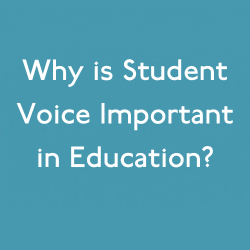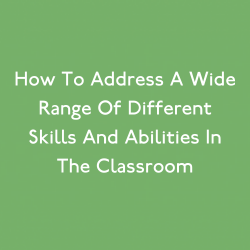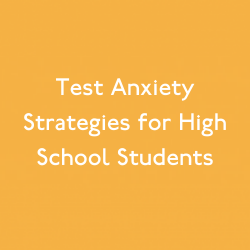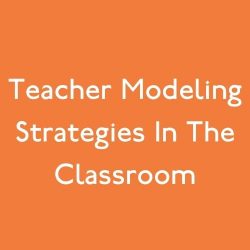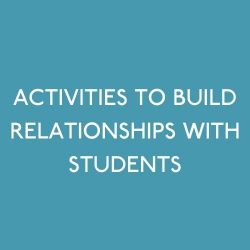Written by Founder and CEO, Sara Potler LaHayne
When school days are already jam packed from the moment students walk in the door until the minute they load up the buses, finding the time to fit any new material into your daily lesson plans can be incredibly stressful. But what if there was an easy way to help you and your students manage that stress?
Social Emotional Learning has proven to be critical to student success both in and out of the classroom by positively impacting students’ self-awareness, emotional management skills and responsible decision making. And there are ways to incorporate SEL practices into your already existing lessons without having to crack open a binder and carve out time for something new.
Check out these helpful tips for embedding social emotional learning into any class or subject:
Writing
Writing involves a lot of creativity, that many claim they don’t have, but we all have tremendous creativity inside waiting to be unlocked. Creative expression is a great tool to get student’s minds stimulated and get those creative juices flowing.
Practice creative expression by asking your students to share how they are feeling with one word and a movement. This activity builds self-awareness skills by giving students time to look inside themselves to identify their emotions and then use creativity to determine the best way to express that feeling in a movement. A large portion of writing is expression, and this can get the ball rolling in terms of turning thoughts into words.
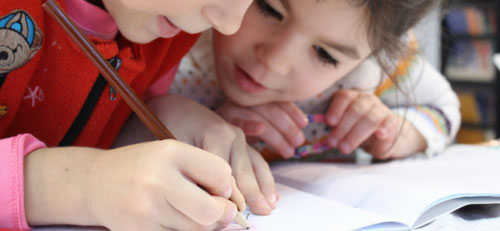
Math
For many, math is a serious point of anxiety. When a student goes into a math lesson or quiz second-guessing their abilities, it completely distracts them from focusing on the task at hand. Studies have shown that students with higher levels of anxiety take longer and have more difficulties performing the same task as those with lower levels, which can ultimately lead to long term stress.
Practice having the classroom take three deep breaths, each one focusing on how they feel, what they want to accomplish and what they need to do to get those goals accomplished. By centering their mind on their goals, students can rid themselves of the outside noise and anxiety over their assignments.

Reading
With reading comes patience. When our minds are in ten different places at once, it can be difficult to sit down and concentrate, whether it be a novel or textbook. Help clear students’ minds of distractions through reflection.
Practice having your students take a minute to reflect on the book and how it makes them feel. Create prompts, like “How do you relate to this character?” or “What do you like most about this character?” By connecting their feelings and finding ways to relate with the subject, students can make personal connections to the book rather than the outside distractions.

Physical Education
Not everyone is a star athlete, and not every student enjoys P.E., but movement is important for both our physical and mental health. Being active gets endorphins flowing and is proven to relieve anxiety and symptoms of depression.
Exercise releasing tension through movement. Have students shake the tension out of their arms and legs to kick off stress and get them moving. Once their muscles are loosened and they have rid themselves of the tension built up in their bodies, they can take on that mile one lap at a time.

Art
To create art is another popular form of creative expression, but to put paint to paper, one must be inspired. Every student is inspired by their own unique passions, so one helpful way to get those creative juices flowing, is to remind ourselves what makes us passionate.
To unlock those passions, practice expressing gratitude in the classroom before pulling out the paintbrush. Ask your students to express one thing they are grateful for in that moment, whether it’s the bowl of cereal they started their day with or a great joke they heard from a friend. By allowing students to share what makes them happy, they can then associate their work with happiness.

Social and emotional learning should relieve stress, not cause it. That’s why all of these techniques can be applied to any subject and style of learning in under 5 minutes or less. So keep these tips in mind and leave stress behind. Do you have tips for embedding SEL in the classroom? We want to hear them! Share them with @move_thisworld today!
Sign up for Move This World’s newsletter to stay up to date on social emotional learning.
Enter your email below!






